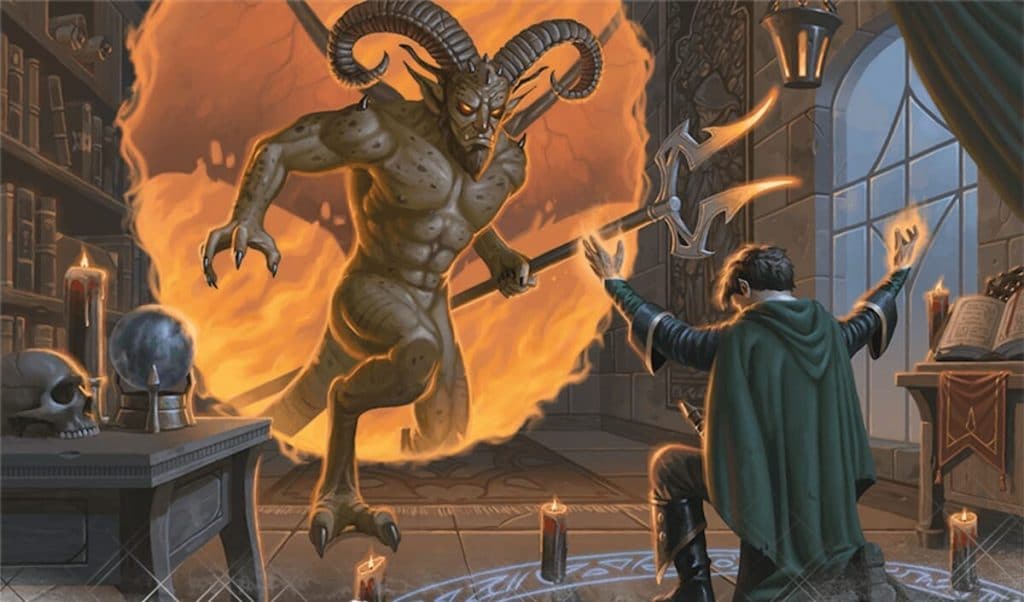

The first four lines represent the first mother the second group, the second mother, and so forth. The sixteen lines are then grouped in fours. Since you are generating the four mothers, or symbols, and each symbol consists of four lines each you will need to repeat this process for a total of sixteen times.
#Conjure meaning series#
Start by thinking of your question or issue and then, without concentrating on the mechanics of what you are doing, mark a series of dots on the paper from right to left. This method requires a pen and a piece of paper. The mobile figures are: via, conjunctio, fortuna minor, amissio, laetitia, puer, rubeus, and cauda draconis. The stable figures are: populus, carcer, fortuna major, acquisitio, tristitia, puella, albus, and caput draconis. Mobile, or exiting, figures are thought to represents conditions which are more fluid and changeable. Stable, or entering, figures reepresent conditions that are believed to be lasting or fixed. Hence the figure above, called Major Fortune, is lacking fire and air but water and earth is present.Įach geomantic figure is said to be either stable or mobile. The top row is associated with fire, the second with air, the third with water and the last one with earth.Ī single dot indicates the element is active, or present, while two dots indicate that the element is passive or absent. Each row also correspond to the four elements. The four rows, from top to bottom, are called the head, neck, body, and feet respectively. Each row consists of either one or two dots. In this manner, a series of geomantic figures are created and arranged on either a tableau (which is akin to an astrological chart) or a shield chart and are then interpreted.Įach of the geomancy figures consist of four rows of dots. In keeping with Arabic tradition, the points are often drawn from right to left. One of the most popular methods called for drawing a random number of points, or dots, on a piece of paper. Geomancy became one of the most popular forms of divination in Europe during the Middle Ages (second only to Astrology) where various methods of generating the geomantic symbols were developed. The marks where then counted in order to generate one of sixteen possible figures each of which have their own divinatory meanings.

Originally, the creation of geomantic figures entailed marking the ground with a stick in order to generate a random number of marks upon the earth. Geomancy, or divination by the earth, is an ancient form of divination that has its roots in Africa and the Middle East where it was called "'ilm al-raml," or the science of the sand.


 0 kommentar(er)
0 kommentar(er)
